8/21/2021
News, another rabbit hole, fountain pens galore, typewritings, Philippine ink, the "Penman," No-no Boy, and "Theme for Eulipions."
NEWS FROM THE OUTPOST
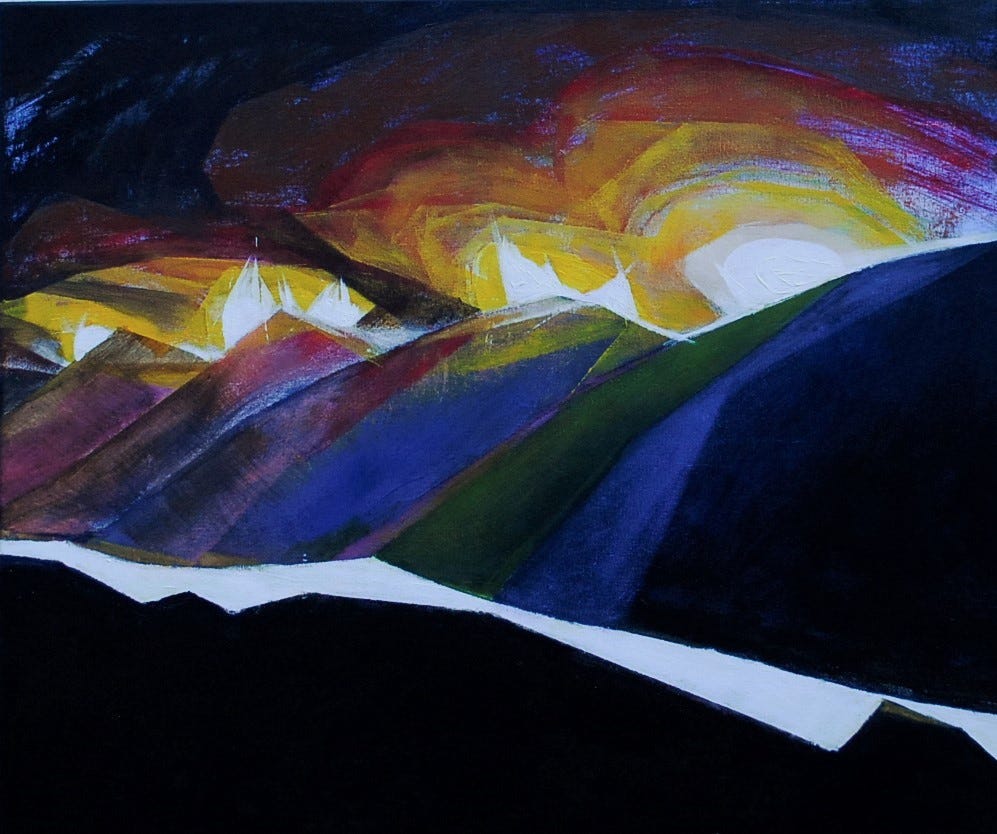
There’s a lot happening. I’m working on the chapbook. Looking forward to a poetry reading—also featuring Chris Siders, Aideed Medina, Nelson G Nelson, and Alex Ramirez—at Old Capitol Books on October 1 for the Monterey Poetry Festival. I’m working a lot, including actual weekly office hours in Chinatown. Except for social media posting for work, I remain personally Tweetless (yay).
Otherwise, there is the demoralizing knowledge of what’s going on in Afghanistan. I won’t say more. Matt Taibbi says it better.
And then it’s “fire season.” Smoke from big fires to the northeast of here combined with our summer fog are making the sky almost constantly overcast and gloomy. Climate change always seems to be in the news in California. In her newsletter, Heated, Emily Atkin has some ideas about what you can do.”
TODAY’S RABBIT HOLE
Something about writing these newsletters always leads me into research rabbit holes; in the past this has included geomancy, mancala games, pencils, and the latest one led me to the world of fountain pens and fountain pen aficionados. I suspect I’m about to become a fountain pen freak.
Wow. I had no idea. If you start looking for websites and videos on fountain pens, you’ll find that it’s just endless, and it’s peopled with the strangest and most fascinating characters – you’ll find guitar-strumming cowboy fountain pen rustlers, poets (Sylvia Plath, who preferred Shaeffer), artists, calligraphers (of course), tech entrepreneurs, tea freaks, ink freaks – all kinds. And if your fountain pen is ailing, there’s even a fountain pen hospital.
In the Philippines, look for Kasama pens (on Instagram at @kasamaph (check out their beautifully anodized Kasama Unas). I know of two ink makers in the Philippines. One is Vinta, and below, Devnnluu reviews Troublemaker Inks:
Devnnluu reviews Troublemaker Inks from the Philippines:
I have a gorgeous blue fountain pen, gifted to me by a dear friend who passed away recently. I haven’t used it much, but now that I’ve learned more about these instruments, I realize that, while my discontinued Waterman Phileas is not an expensive, big-deal pen, it’s a very good one, and beautiful, too. You can see in the photo below that it’s had some use:
The generally thicker barrel of the fountain pen is easier to grip than most mainstream cartridge pens; they are a little heavier than a ballpoint, so you don’t have to press as hard, which also eases your grip.
I watched a short video about the Phileas, which prompted me to take another look at the box it came in.
Surprise! I pulled a ribbon and there was a “secret compartment” that I had totally missed. Inside, there was a set of instructions (beautifully illustrated with ink drawings), and a converter—which will allow me to convert the fountain pen from cartridge to piston-action. In the image above, the piston converter is in the lower right.
After watching a tutorial, I inked this baby up with J. Herbin “Perle Noire” ink. Nice stuff; just a hint of purple. The “bird” balancing above it is from my friend Dida (thanks!). Then, because I mainly want to use these pens for drawing, I tried it out on a very simple drawing where I also used markers:
The ink flowed smooth and wet, and except for a tiny bit of scritchiness at a certain angle, I found it wonderful to work with. I’ve had the Phileas for perhaps 6 or 7 years. I had to clean it up because some of the ink had clogged. But after the cleaning, it was very pleasant to use.
So why not dispense with all those wasteful plastic cartridges and plastic ballpoint pens? But will they replace my beloved Uni rollerball? Possibly . . . Of course, I had to purchase a second fountain pen. Nothing fancy, though. It’s a TWSBI Eco, a workhorse pen (hopefully), which also draws ink in via piston. Haven’t received it yet, but I’ll write about it when I do. Is this the start of something big? We shall see . . .
THREE
One Typed Page features daily pages on a typewriter. This is definitely an old school website. No quick links to get you from one point to the next. Scroll down (checking out other typed pages on the way) to August 20 (look for “Remington 5” on the typewriter carriage) for Catalina Cariaga’s “Notes on Retronyms,” and note the fountain pen writing at the end!
Writer/Educater Jose “Butch” Dalisay, Jr. (aka the “Pinoy Penman”) talks about his love for fountain pens:
Time to Say Goodbye (newsletter and podcast) is rich with great articles “about left politics, culture, Asia, and Asian America.” I found a link there to Julian Saporiti’s work which I’ve included in the “Soundings” section below . . .
SOUNDINGS
I’m creating a sound section here—mainly to remind myself to link to a music/sound site or video in every issue. Today, there are two:
Julian Saporiti and Emilia Halvorsen in “No-no Boy: A Documentary on 1975.” “This film depicts the creative process behind [Saporiti’s] translation of dark and painful historical moments into a collection of beautiful and compassionate songs. As he notes, this passage of sound not only helps him make sense of his own Asian American identity but encourages people ‘to investigate their own history and find themselves in the sense of community through the past.’ Featuring footage from a trip to Texas in February 2020, which marked the end of Saporiti's three-year journey of research for the '1975' project” (Smithsonian Folkways Presents) :
I posted “Theme for Eulipions” in my first Substack newsletter (1/29/2021), and I’m doing it again—but this is a beautiful cover by the Neptune Quartet:
Dr. Marigaux (aka Phil Davison) talks about how Rahsaan Roland Kirk changed his life:
I guess that’s it for now. I always feel like I’m missing something, and I probably am. Hopefully I’ll remember to put it in the next newsletter.
Got ideas for stuff to write about? Links? Let me know; I’d love to hear about it.
Stay safe—and see you next week.
If you haven’t subscribed yet, please do – it’s free!




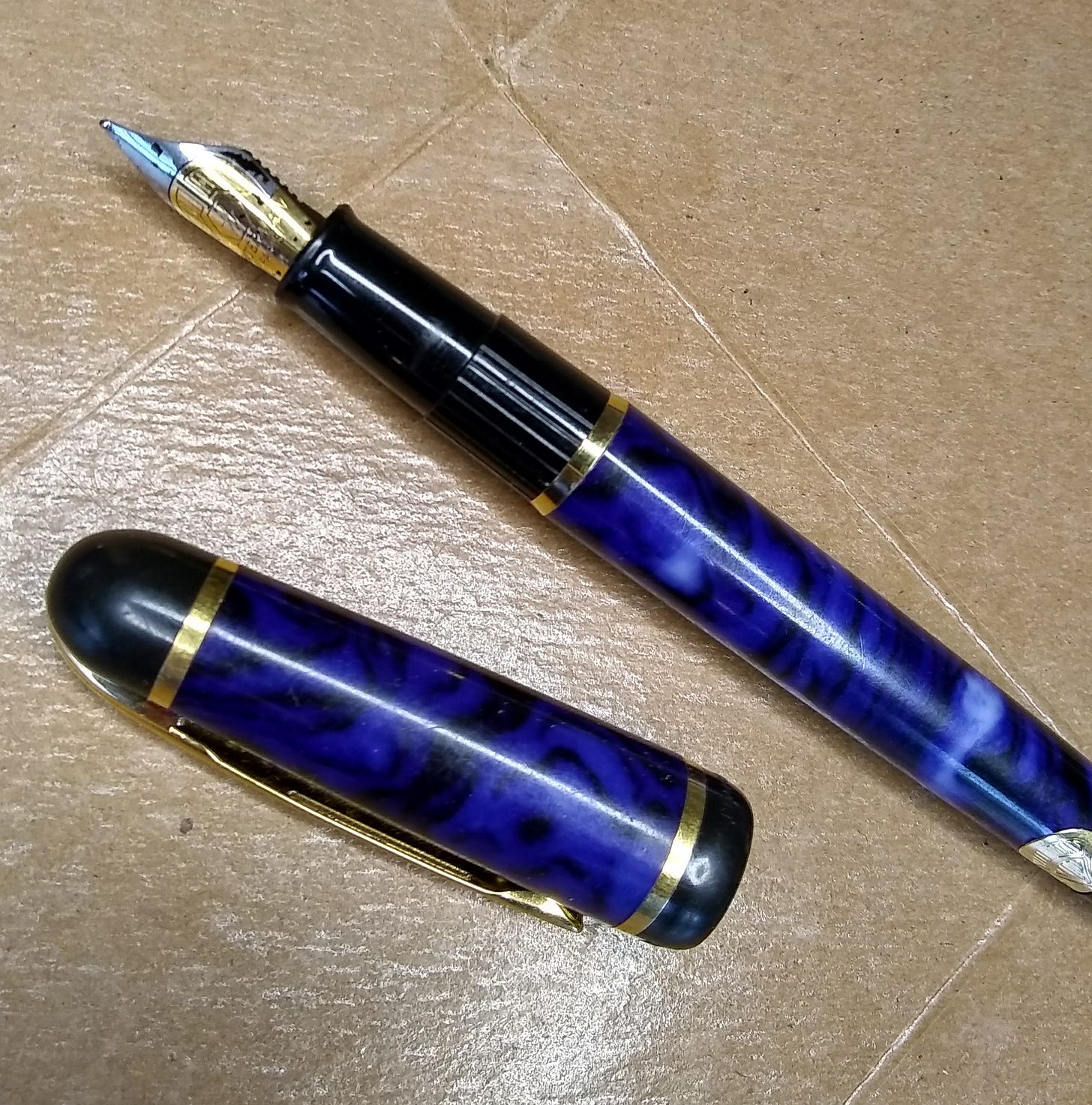
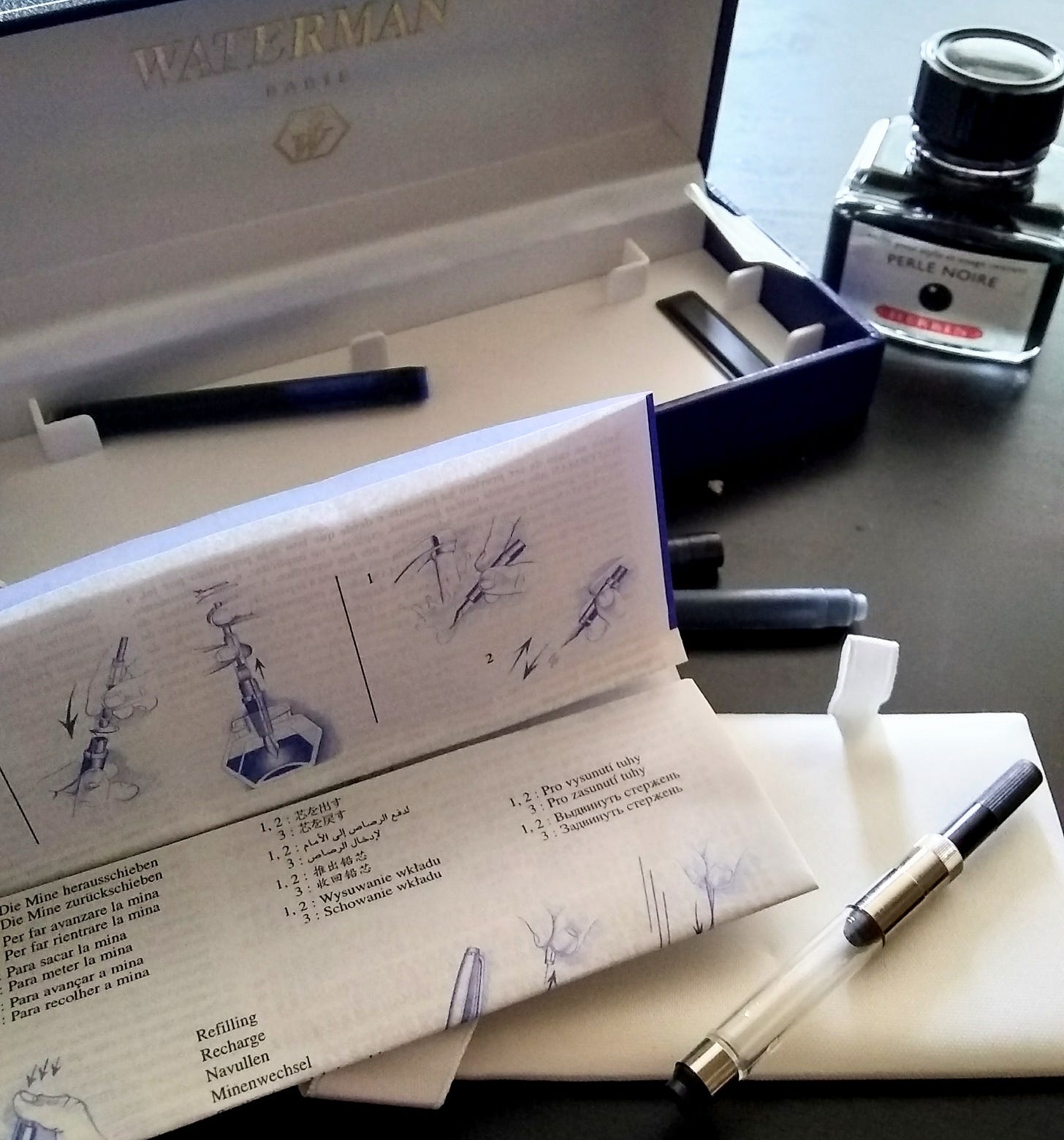
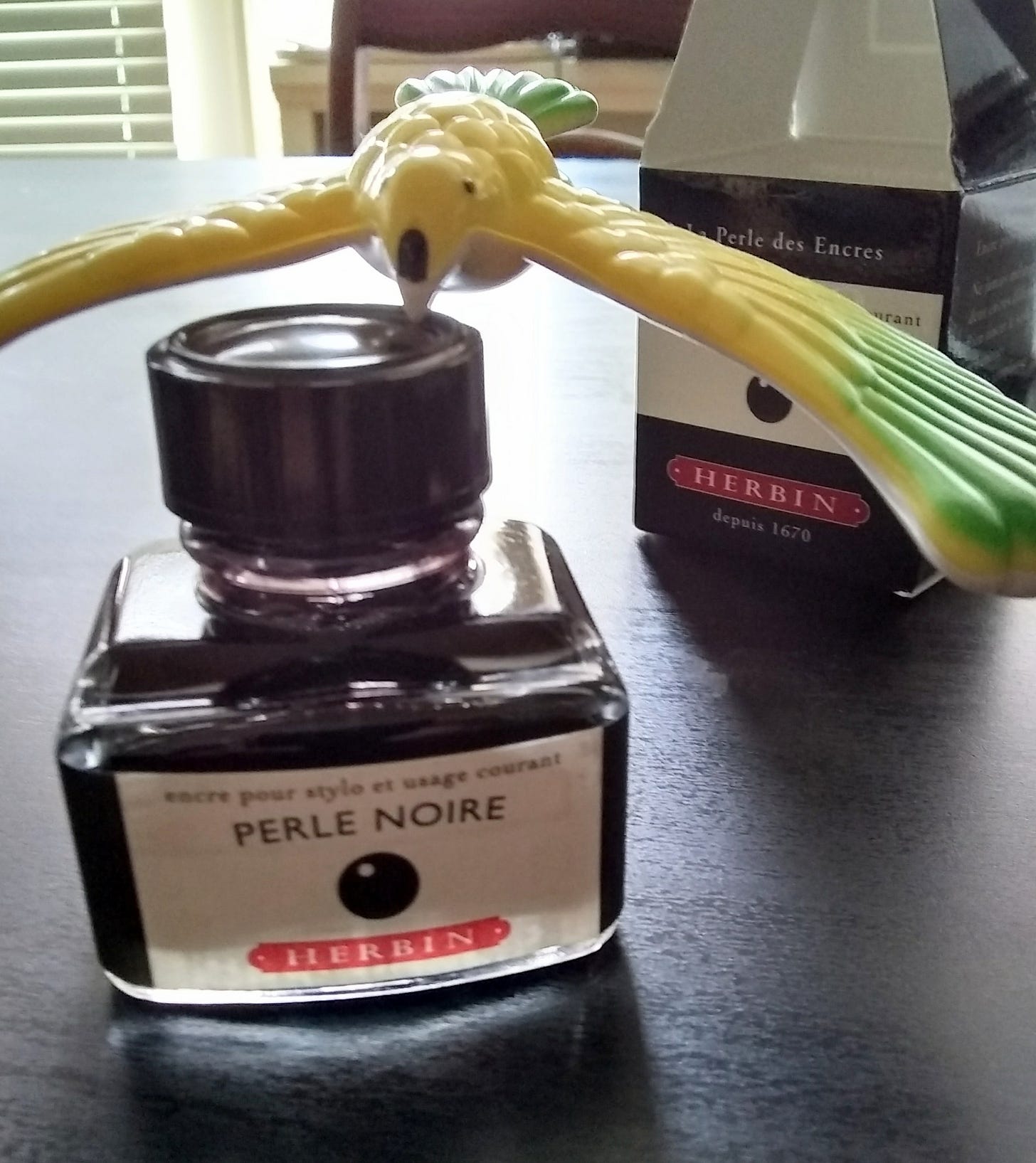
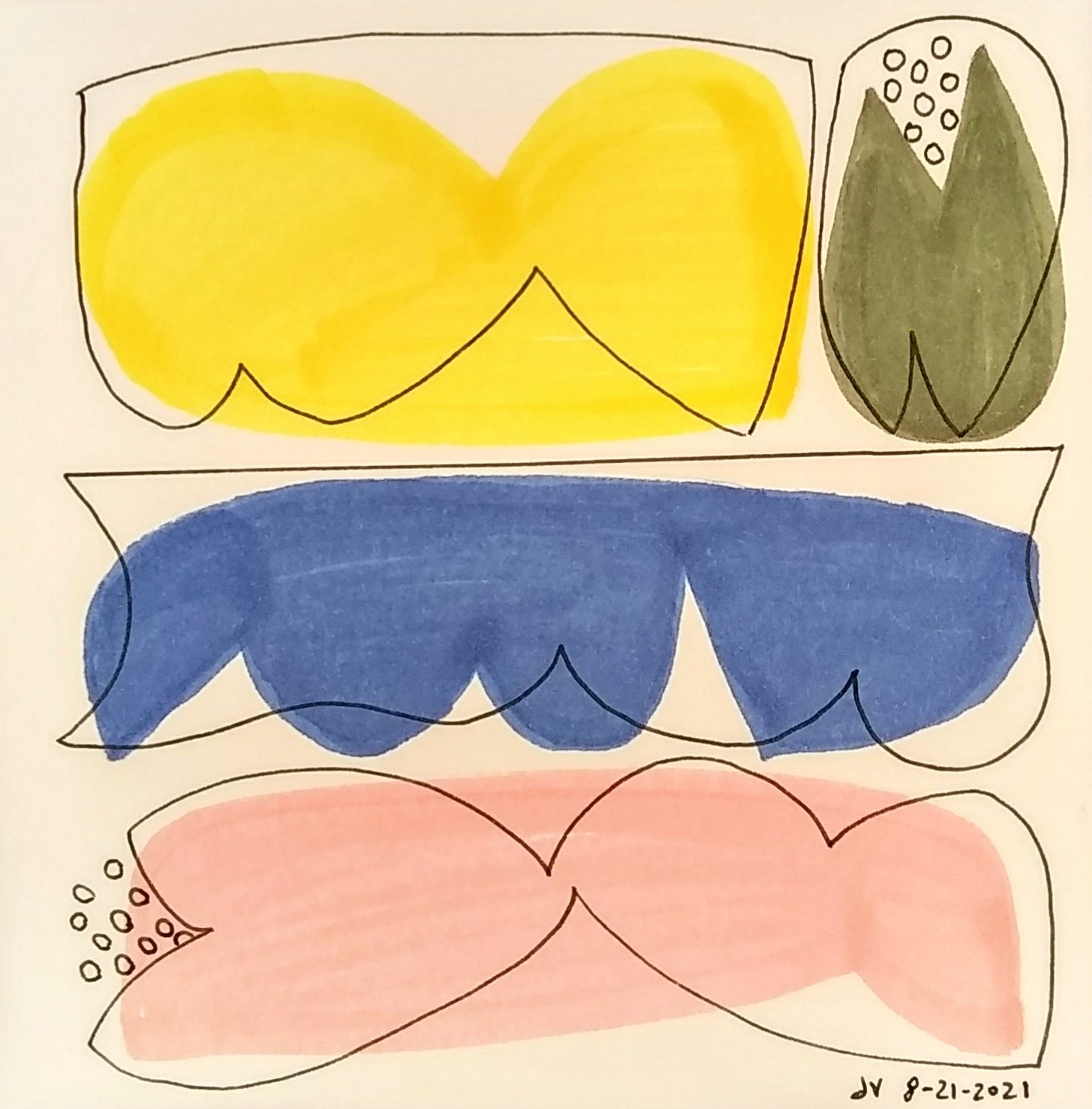
Love the fountain pen piece (and the rest), and thanks for the shout out. The balancing bird was recommended by the author Resmaa Menaken in his book My Grandmothers Hands as a means of settling the body (when balanced on the tip of your finger).